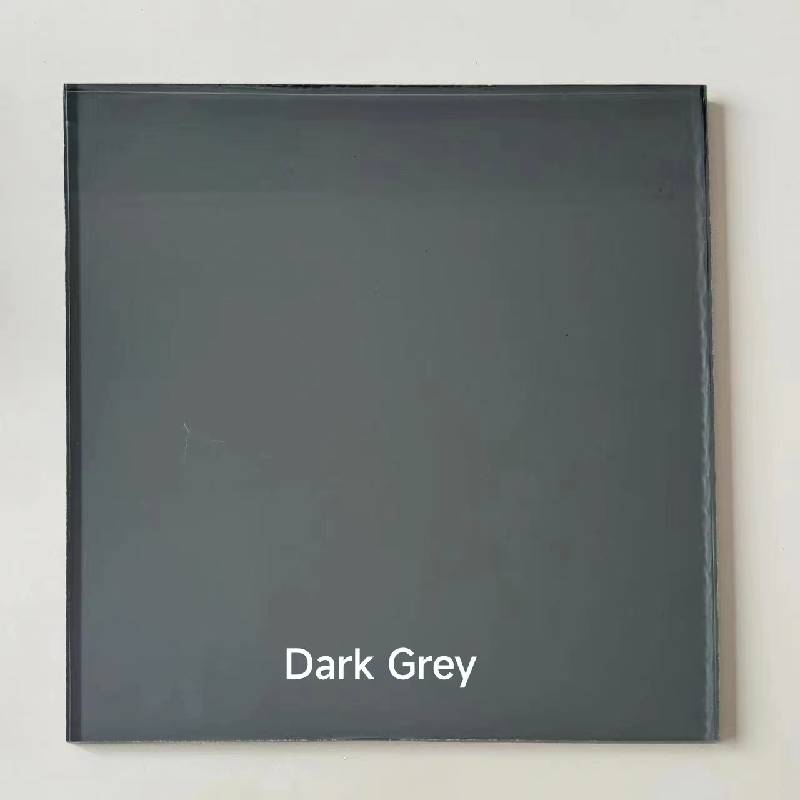

The Art and Science of Frosted Glass Acid Etching
Frosted glass has long been celebrated for its aesthetic appeal and functional attributes, making it a favored choice in both residential and commercial spaces. One of the most effective methods to achieve the frosted appearance is through acid etching. This process not only enhances the visual appeal of glass but also adds a layer of privacy without sacrificing natural light, making it indispensable in modern design.
Acid etching involves the use of hydrofluoric acid or a similar acidic compound to create a frosted surface on glass. The process begins by applying a specialized coating on the glass surface, which serves as a stencil for the intended design. Once the design is in place, the glass is exposed to the acid, which reacts with the surface, etching it to create a translucent finish. The depth of the etching can be controlled by the duration of exposure to the acid, allowing for a range of textures from subtle frosts to deeper, more dramatic effects.
The Art and Science of Frosted Glass Acid Etching
Moreover, acid etching can be employed to create intricate designs, logos, or patterns, which adds a unique touch to the glass. This customization is particularly appealing to businesses looking to establish their brand identity. By etching a company logo onto glass surfaces, businesses can reinforce brand recognition and create an inviting atmosphere for customers.

Safety is a critical aspect of the acid etching process. Hydrofluoric acid, while effective for etching, is highly toxic and poses significant risks if mishandled. Therefore, it is essential to conduct acid etching in a controlled environment, employing safety measures such as using gloves, goggles, and proper ventilation. Additionally, skilled professionals often undertake this work to ensure that the process is executed smoothly and safely.
Despite the advantages of acid etching, there are some limitations to consider. Once the glass is etched, it cannot be reversed; thus, careful planning and design selection are vital. Additionally, the frosted appearance may be more difficult to maintain compared to standard glass surfaces, as it can attract dirt and grease more readily. Regular cleaning is therefore necessary to preserve its aesthetic integrity.
In recent years, advancements in technology have introduced alternative methods to achieve a frosted glass appearance, such as sandblasting and vinyl coatings. These methods can sometimes be safer and less expensive than acid etching, although they may not always offer the same level of detail or durability. Each method carries its own set of benefits and drawbacks, making it important for consumers to consider their specific needs and preferences when choosing the right technique.
In conclusion, frosted glass acid etching is a captivating intersection of art and science that enhances both functionality and aesthetics in various environments. Whether in homes or businesses, the use of acid-etched glass can transform ordinary spaces into extraordinary ones, offering privacy, beauty, and personalization. As technology advances, the methods and materials available for creating frosted glass continue to evolve, ensuring that this timeless technique remains relevant in contemporary design.